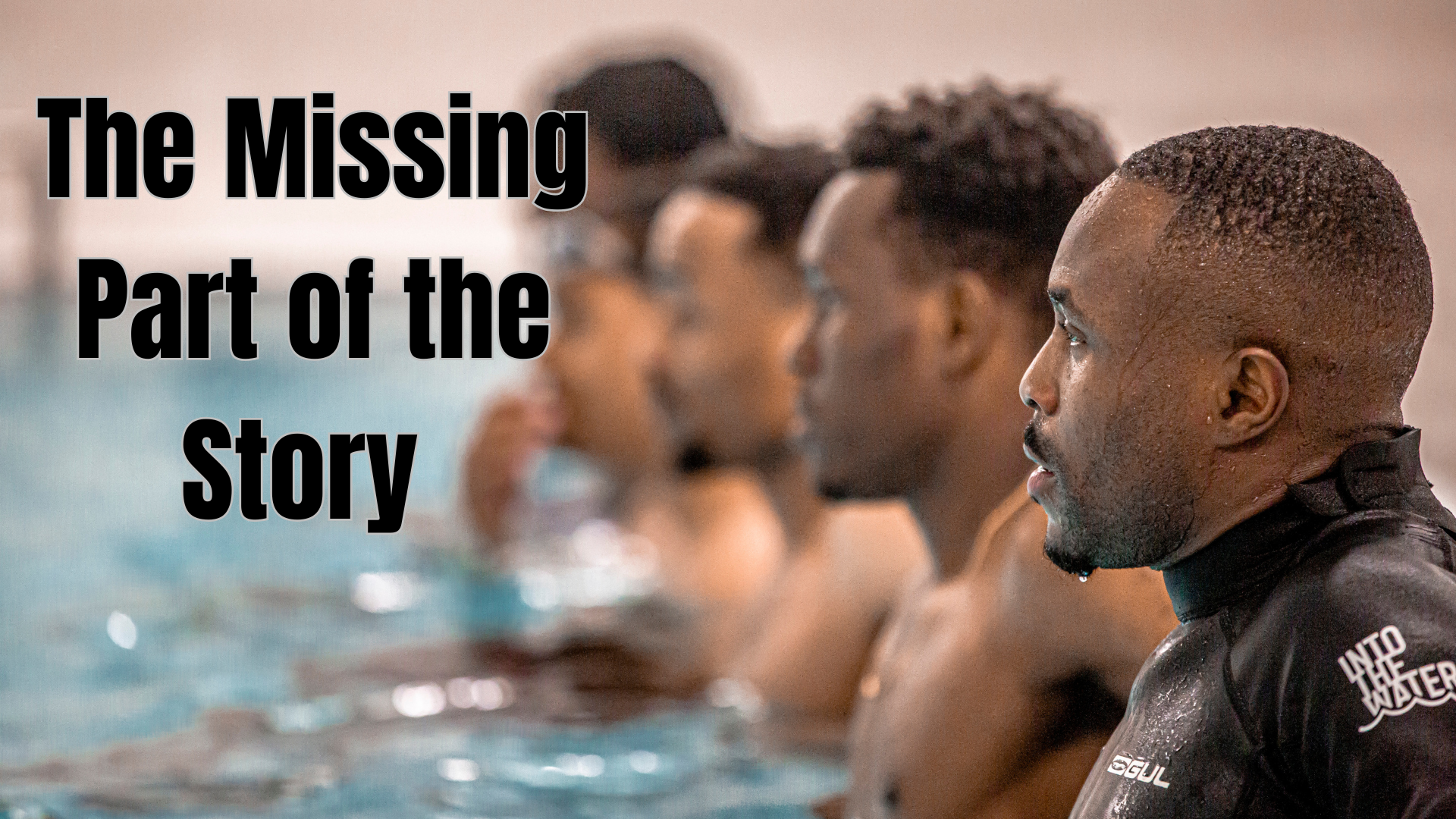The Missing Part of the Story
Posted: 13.06.24

It's in the Story, not the numbers...
We’ve all heard this saying before;
“Story is King”
This is the golden rule for every movie, book, and business; and the same applies to how we tell stories in sports research.
In the sport sector, how you tell a story is everything.
From the biggest brands, all the way down to the smallest organizations, good storytelling is a necessity for those looking to really make a difference in the spaces in which they operate.
However, in the sport and physical activity sectors, there are a few hang ups…
The Issue
A significant and, often, hidden, challenge in the sport and physical activity sectors revolves around data equity.
In this sector, there are people who are good ‘insight’ storytellers, those who utilise data in really effective ways to inform decisions, demonstrate impact and (ultimately) improve people's lives.
This skill is important for building a shared understanding of how we can improve delivery of strategies, programmes, and educational activity, as well as helping to focus on what’s important to organisations, especially those working with under-served communities.
But there's a snag.
Our stories often miss out on the crucial voices…
The Underrepresented
Those who aren't well represented or served by the sport and physical activity sectors are also largely left out of the data sets collected. Meaning their stories and their needs go unheard and unseen.
We often don't have the data to measure whether we're getting things right or not – from the perspective of under-served communities - and this is a challenge we need to embrace.
For grassroots sport, the data of exactly who is participating, volunteering, coaching or involved in some way is incredibly important. Without it, we can’t know if we’re actually diversifying or if our ‘offer’ is truly equitable for all.
From large-scale national surveys to smaller studies, it's the double-edged sword of nat(ionally) rep(resentative) samples. You tend to get more data for majority audiences, thus having more ability to do more complex analysis with that data. But, by definition, there is less information available to look at the nuances of inclusion on an equal footing (e.g. by ethnic group), never mind through the lens of intersectionality.
This means we miss out on understanding these groups to the same extent as their more abundant peers.
Essentially, wherever you see an asterisk on a data table, it means that the dataset in question hasn’t collected enough data to tell that particular part of that story. It could also be interpreted that these audiences aren’t as important as the other parts of the data set.
Why Data Equity Matters
As the saying goes, “You can’t manage what you don’t measure”, and this challenge is akin to reading a book that is missing a few chapters.
Data equity ensures our stories include everyone, weaving in the diverse experiences of our community.
When certain voices are absent - or even worse, become an asterisk due to the lack of data captured - their experiences and contributions go unnoticed.
We miss the chance to measure the impact our collective efforts have on these audiences. And the opportunity to capture their perceptions of our approaches is completely missed ,undermining our ability to affect lasting and meaningful change, either through celebrating diversity, or changing what we deliver to be more equitable and inclusive.
When looking at national datasets, membership databases, survey responses, or qualitative testimonies, the equity of data is vital.
Despite increasing focus in this area, there are still far too many gaps in the data captured.
More times than not, this can lead to 'hand-wringing' statements about intentions and not wanting to 'bother' people by capturing the information, or the scale of investment required to include the underrepresented in the data capture mechanisms.
However, what it is truly about is ensuring that an organisation can adequately service all members and their requirements, supported by a detailed understanding of how diverse the audience actually is.
And so the question is, how can an organisation be truly committed to diversifying its audiences if it can't measure whether it's strategy and plans are actually improving the situation?
Taking Action: How do we fix this?
It's always easier to point at what's wrong than to arrive with a solution.
That being said, we have a few suggestions:
1. Diverse Data Gathering:
In order to include a greater depth and breadth of demographic data, include key criteria in datasets, make this a contractual KPI for all recipients of public funding
2. Inclusive Research:
Use methodologies that resonate with and include truly representative mixtures of diverse perspectives. Online surveys are easy to run, but aren't always the most equitable methods to generating high quality insights.
3. Transparent Reporting:
Share the successes and the challenges as part of a culture of learning within your organisation.
4. Community Collaboration:
Involve under-represented/underserved groups in the process to define your data collection and delivery programmes. Collaboration ensures our stories are a collective effort and when it works effectively, the power of these voices is inspirational.
Let's Rewrite the Narrative
As we navigate the future of sport and physical activity, there should be a genuine sector-wide commitment to filling in the gaps in our knowledge.
By championing data equity, we unlock the potential for more inclusive stories that truly reflect our strategies.
It's not just about collecting data; it's about fostering a culture of inclusivity and shared narratives that capture the richness of our sporting community, and demonstrate our true impact in communities across the UK.
This is a big topic to take on, and it's always easier to stay silent on issues of this nature, hoping someone else does the heavy lifting…
We don't have all of the answers, but we hope that this post acts as a catalyst for discussion about the movement towards greater equity and inclusion in the sector.



